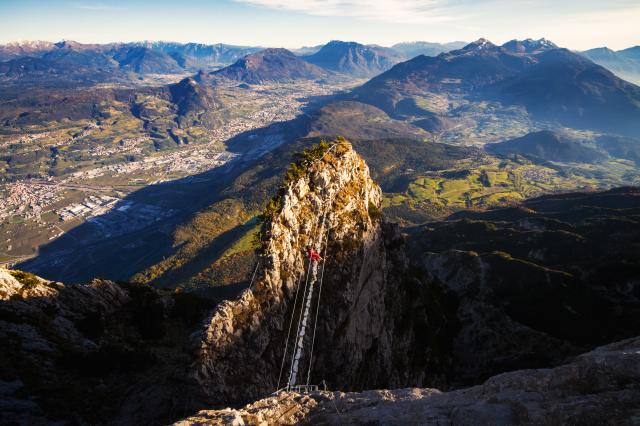Crag and Tail, term applied to a peculiar formation of hills in which one side forms a steep and precipitous cliff, while the other ‘tails’ away in a gentle slope. This is due to glacial action on rocks of varying hardness, the harder rocks (generally igneous, such as dolerite or basalt) having resisted denudation and so protecting the softer rocks on the lee side.
The ‘crag’ thus generally faces the direction from which the ice came, while the ‘tail’ faces the direction in which it was advancing. The phenomenon is very prevalent in the lowlands of Scotland and especially round Edinburgh; the Castle Rock of Edinburgh and the Abbey Craig of Stirling are two of the most famous examples of this formation.
A “Crag and Tail” is a geographical feature formed by glacial action. To explain how it works in a tabular format, I’ll present the information in two columns: one describing the process and the other explaining the resulting feature.
| Process | Resulting Feature |
|---|---|
| Glacial Movement | Glaciers move across the land, eroding and shaping the landscape. |
| Hard Rock Resistance | A mass of resistant rock (the crag) withstands the erosion more effectively than the surrounding softer rock. |
| Formation of Crag | The glacier erodes the softer rock more quickly, leaving the hard rock exposed and standing out as a ‘crag’. |
| Tail Formation | The lee side (sheltered from the glacial movement) accumulates debris and material eroded from the crag and elsewhere, forming a gently sloping ‘tail’. |
| Directional Indication | The tail extends in the direction of the past glacial movement, indicating the path of the glacier. |
| Differential Erosion | Over time, the crag remains prominent due to its resistance to erosion, while the surrounding landscape may continue to be worn away. |
This table illustrates the key processes in the formation of a crag and tail and the resultant geographical features that are characteristic of this phenomenon.
Conclusion
In conclusion, crag and tail is a remarkable geologic landform resulting from the erosive and depositional processes of glaciers. Its distinctive shape, with a steep crag at one end and an elongated tail at the other, provides visual evidence of past glacial activity. Through the study of crag and tail formations, geologists gain valuable insights into Earth’s glacial history. So, the next time you come across a striking landscape featuring this fascinating landform, you can appreciate the story it tells about our dynamic planet.
